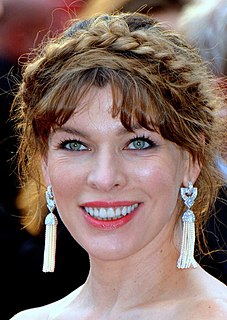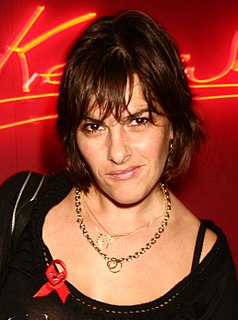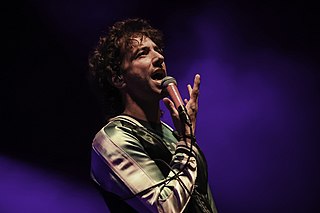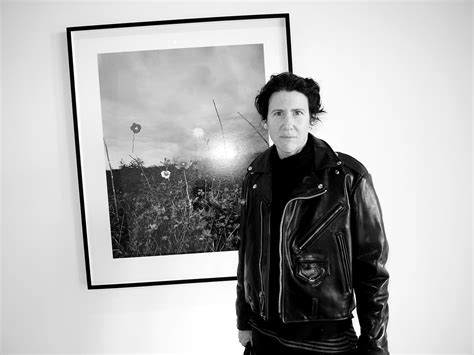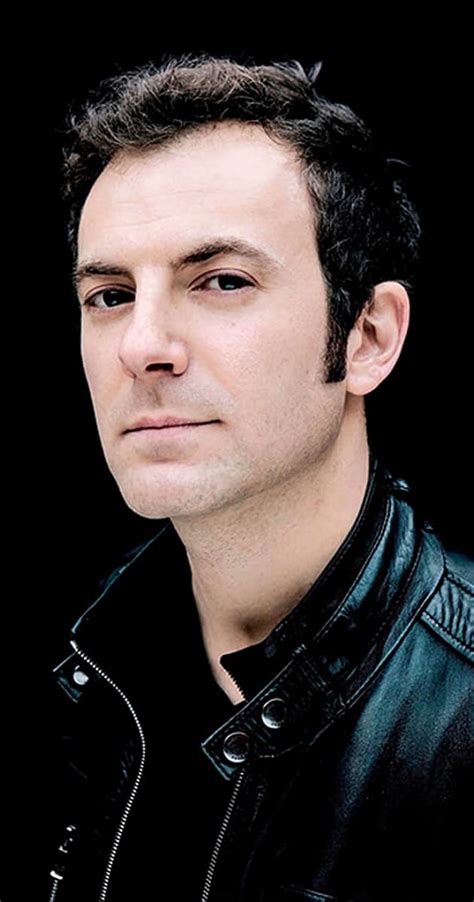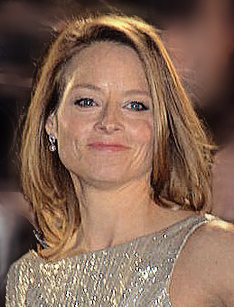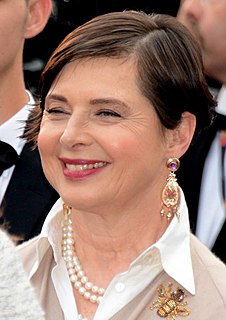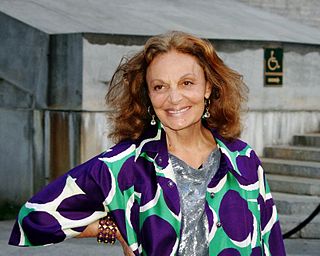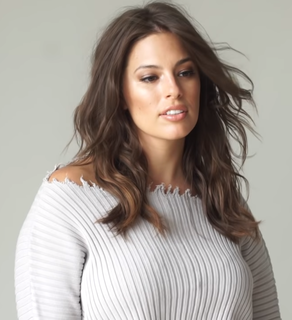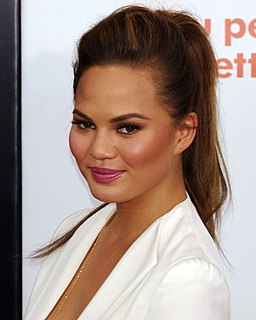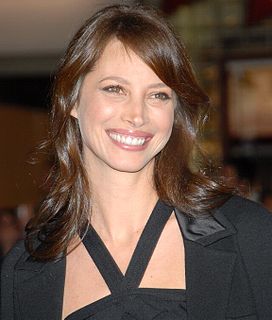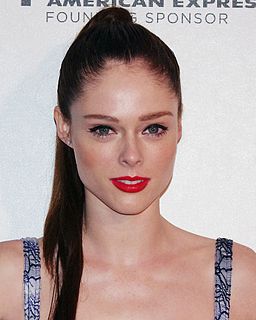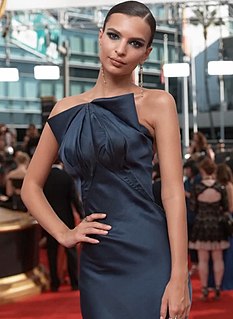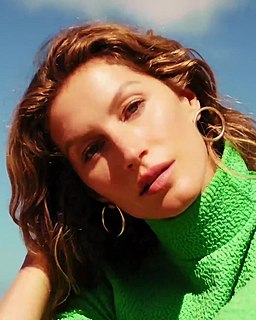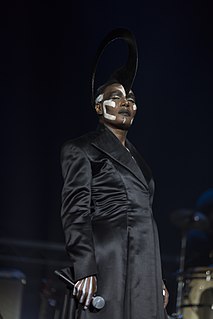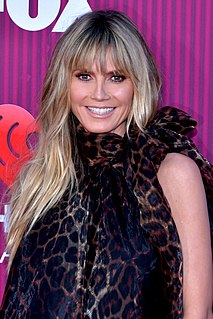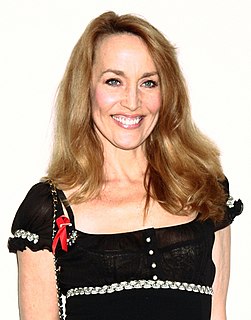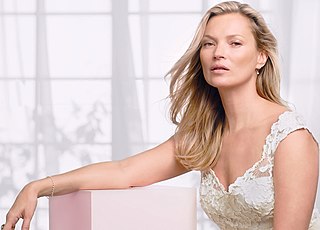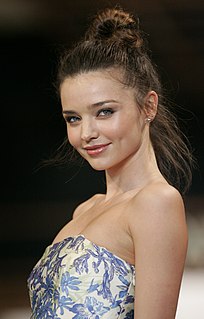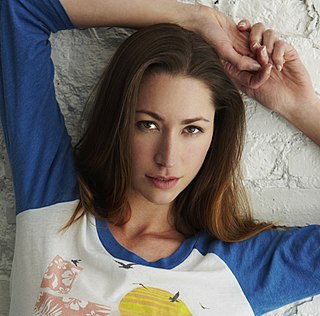A Quote by Milla Jovovich
From childhood my mother had me examining Robert Mapplethorpe's style and Egon Schiele's framing - that's what modelling is about.
Related Quotes
Egon Schiele is my favorite painter. There's just something about art - photography, painting, music, plays - whatever you see, sometimes there's a gut reaction that's more important or more visceral than what your brain is thinking about. You can't explain that reaction. It's like what happens when you fall in love.
I made the first 'Blumen' picture after looking at Robert Mapplethorpe's Pictures book. I was struck by how much freedom Mapplethorpe was able to extract from his model's restraint-that in tying up and cropping his models, he appears to be able to work with people as forms. I never thought about my flowers as related to his (which I saw as annoyingly erotic); I thought of them in relationship to bondage. I wanted to make the flowers more aggressive and ironic and less docile and sensual.
When you play guitar you are drawing a frame around a moment and saying to the listener, 'Here is how I want you to experience this. How you begin and end a solo is framing, How you structure a song is framing, how you present yourself onstage is framing. See every corner, not just the center, framing should heighten the impact of the art and give clarity to your vision.
I never modeled myself after anyone. The person who had most influence on me was my mother, but it was really for her strength and courage more than her style, even though she had a lot of style. In a weird way, looking at pictures of me when I was 17 or 18, I was dressing the same way. I haven't changed very much.
